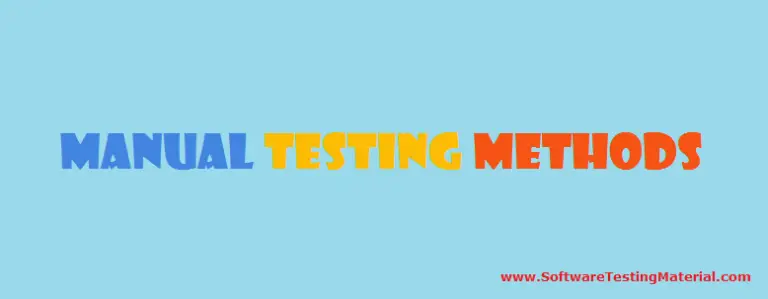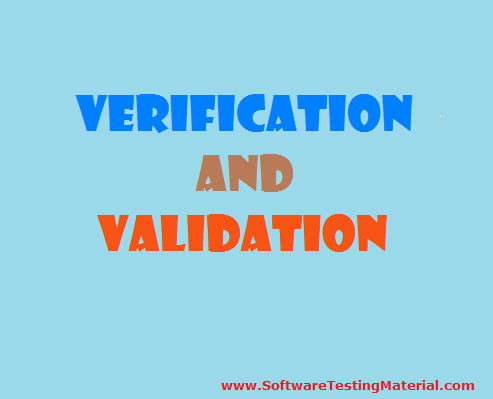End-to-End Testing Tutorial: Learn in 5 minutes!
Software systems nowadays are complex and interconnected with numerous subsystems. If any of the subsystems fails, the whole software system could crash. And this major risk can be avoided by end-to-end testing. To help you better understand this notion, in this article, we will delve into the basic tenets of end-to-end testing, its processes, metrics, and how to measure success.

What is Eng-to-End Testing?
Simply put, end-to-end testing is a methodology used to test the entire software product from beginning to end. The purpose of this testing type is to ensure that the application flow behaves as expected. In other words, it helps define the product’s system dependencies and ensures all integrated pieces work together as expected.
Why is End-to-End Testing important?
As mentioned above, subsystem failures can cause adverse effects throughout the entire system. The risk of failing any one of the subsystems can be avoided by end-to-end testing, thus to save the entire system from collapsing. Let’s go through some of the benefits of the end-to-end testing given below:
- Expand test coverage
- Ensure the correctness of the application
- Reduce time to market
- Reduce cost
- Detect bugs
How Is End-to-end Testing Different From Functional Testing?

When to Apply End-to-End Testing
End-to-end testing is regularly conducted on finished products and systems, making each review a test of the completed system. A second test will take place if the system does not output what is expected or if a problem is found. In this case, the team will have to record and analyze the data to determine the issue’s origin; then fix and re-test them.
End-to-end Testing lifecycle
An end-to-end testing lifecycle consists of four components: test planning, test design, test execution, and results analysis.
- Test planning: Specifies key tasks, associated schedule, and resources
- Test design: Test specifications, test case generation, risk analysis, usage analysis, and scheduling tests
- Test execution: Executes test cases and documents testing results
- Results analysis: Analyzes test results, evaluate testing, and perform additional testing if necessary
End-to-end Testing: 4 Key Metrics to Measure Success
Test Case Preparation Status: The goal with this metric is to determine the specific position of the test cases that are under preparation, compared to planned test cases.
Test Progress Tracking: It provides regular details of test completion percentage, such as passed/failed, executed/unexecuted, valid/invalid test cases, and so on.
Defects Status and Details: This measurement will give a weekly percentage of open and closed defects. Also, weekly defect distributions are based on severity and priority.
Environment Availability: Here you’ll be tracking two key measurements, the actual number of operational hours and hours scheduled per day for testing.
End-to-end Testing Methods
There are two types to perform end-to-end testing, namely, vertically and horizontally. Both types will help you accomplish the same goal, but each have a separate set of advantages and prerequisites that may make it easier for some teams than others to implement.
Horizontal E2E testing
This is the most frequently used type of end-to-end testing. A horizontal end-to-end test would entail verifying each workflow or transaction through each individual application from start to finish to ensure that each related process occurs correctly. For example, a Web-based application of an e-commerce system includes accounts, product inventory status, and shipping details.
Vertical E2E testing
This method is often used to test critical components of a complex computing system which does not typically involve users or interfaces. Simply put, vertical E2E testing refers to testing in layers, meaning that tests happen in sequential, hierarchical order. To ensure quality, each component of a system or product is tested from start to finish.
Want to dive deeper into End-to-End Testing? Check out this article: Complete Introduction to End-to-end Testing
Conclusion:
Overall, end-to-end testing is a very common testing methodology where the objective is to test how an application works by checking the flow from start to end. And in this competitive market, it’s necessary to know how to perform end-to-end testing of applications to provide a good user experience.
Related posts:
- What is Continuous Testing? Comprehensive Guide for Newbie
- What is CI/CD 101 | All You Need To Know
- What is Shift-Left Testing? | Definition, Benefits, Challenges
- 7 Reasons Why Organizations Should Adopt CI/CD







